Blind valve (also known as goggle valve, fan valve) is a device used to cut off the flow of media in the pipeline. It has the functions of gate valve and blind plate, and realizes “open” (flow) or “closed” (cut-off) state by rotating or moving the valve plate. It has a compact structure and reliable sealing, which is suitable for scenes that require frequent switching of cut-off and flow.
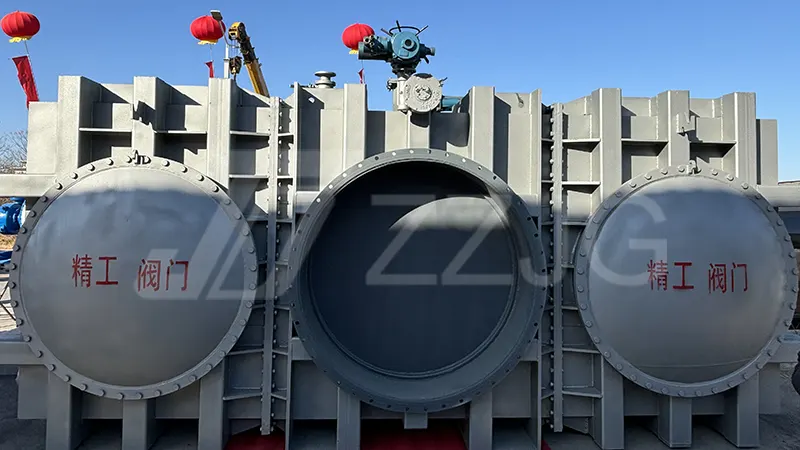
The following are the main use environments and characteristics of blind valves:
1. Iron and steel metallurgical industry
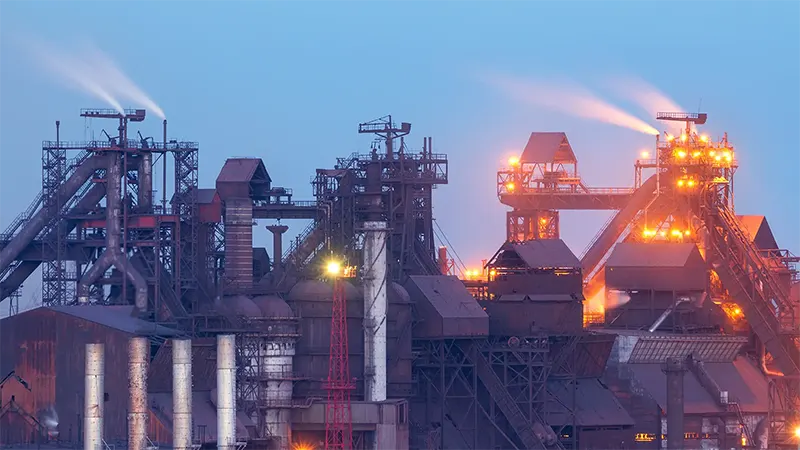
1.1 Typical scenarios: Cut-off and isolation of blast furnaces, converters, and gas pipelines (such as coke oven gas and blast furnace gas), used for equipment maintenance, pipeline purging or emergency cut-off. Dust removal system, oxygen/nitrogen pipeline opening and closing control.
1.2 Environmental characteristics: The medium is mostly high-temperature, high-pressure, dusty gas or gas, which needs to withstand dust wear and corrosive environment. The valve is required to have strong sealing to prevent gas leakage from causing safety accidents.
2. Chemical and petrochemical industry
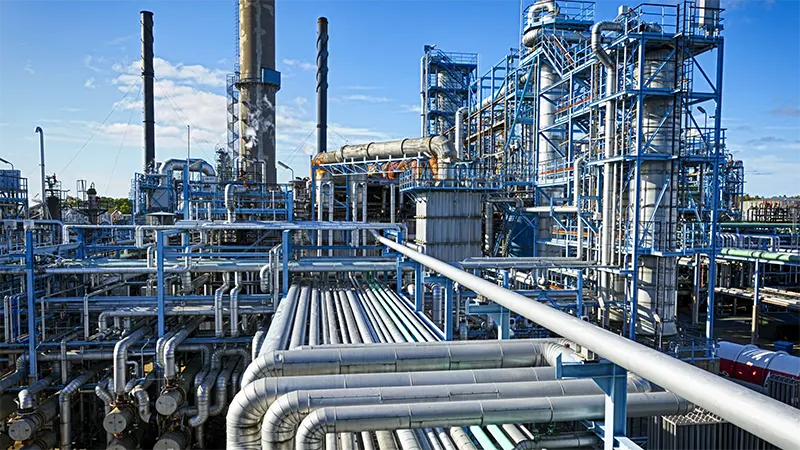
2.1 Typical scenarios: Isolation of corrosive media (such as acid, alkali, salt solution) and toxic and harmful gases (such as chlorine and ammonia) in chemical pipelines. Cutoff of reactor and storage tank inlet and outlet, or switching of medium flow direction in multi-pipeline system.
2.2 Environmental characteristics: The medium is highly corrosive, flammable and explosive, requiring the valve material to be corrosion-resistant (such as stainless steel, rubber lining) and have excellent sealing performance.
3. Sewage treatment and environmental protection industry
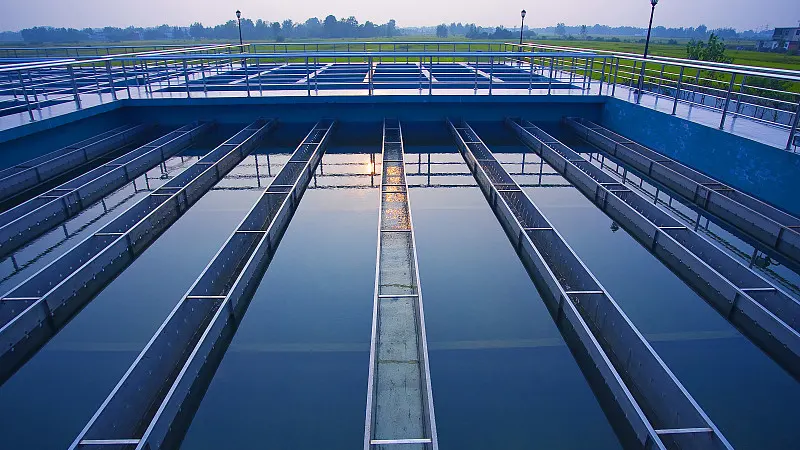
3.1 Typical scenarios: Sludge pipelines and sewage pipelines in sewage treatment plants are used to cut off high-concentration suspended solids or slurry media. On-off control of waste gas treatment systems (such as desulfurization and denitrification pipelines).
3.2 Environmental characteristics: The medium contains solid particles and fiber impurities, which are easy to wear the valve sealing surface, and wear-resistant materials (such as cast iron and hard alloy) need to be selected.
4. Power industry
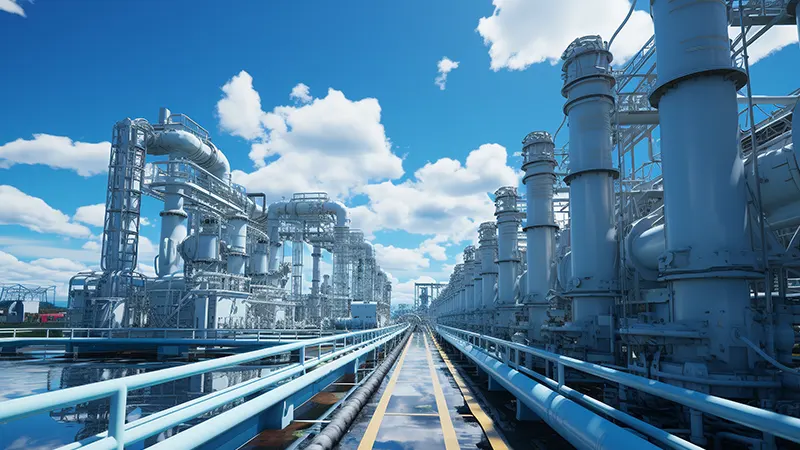
4.1 Typical scenarios: Cutoff of steam pipelines and ash pipelines (such as ash removal systems) of power plant boilers, or isolation of coal powder transportation pipelines. Opening and closing operations of circulating water systems and industrial waste gas pipelines.
4.2 Environmental characteristics: high temperature, high pressure steam or ash-containing media require valves to be resistant to high temperatures (such as cast steel for the valve body) and erosion.
5. Urban gas and heating network
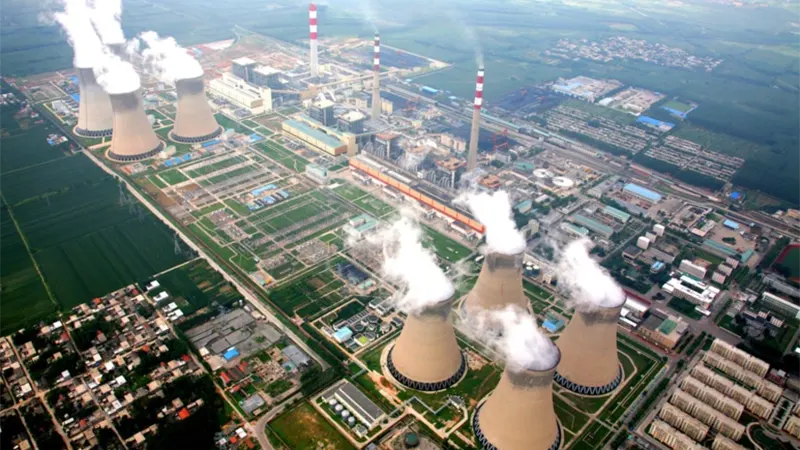
5.1 Typical scenarios: Segmented isolation of urban natural gas pipelines to facilitate cutting off the gas source during pipeline maintenance or modification. Hot water pipelines in centralized heating networks are cut off for thermal power station maintenance or pipeline switching.
5.2 Environmental characteristics: The medium is flammable and explosive gas or high temperature hot water, and the valve needs to have high air tightness and safety reliability.
DO YOU HAVE QUESTIONS? WE ARE HERE TO HELP YOU!